Are you ready to unlock the secrets of one of the most fundamental skills in calisthenics—the pull-up? 🤔
Imagine being able to easily lift your own body weight, gaining a strong grip, and opening the door to more complex moves.
Pull-ups, a quintessential exercise in the world of Calisthenics, are a powerful tool for building upper body strength, enhancing grip, and achieving impressive feats of athleticism.
In this article, we’ll delve into the intricacies of perfecting the pull-up technique, exploring the key elements contributing to successful execution. Understanding these fundamentals can greatly enhance your training journey, whether you are a novice or an experienced practitioner.
🤯 What are Pull-Ups?
Before diving into the pull-up’s technicalities, let’s clarify what this exercise entails. A pull-up is a vertical pulling movement starting from a hanging position.
Pull-ups, a cornerstone of strength training and 📍calisthenics, are a compound exercise that targets multiple muscle groups while showcasing your upper body prowess. These versatile movements are essential for the following:
- ✊Building strength
- ✊Enhancing grip
- ✊Achieving the impressive physical feat
💯 Pull-ups involve lifting your body weight by gripping an elevated horizontal bar and pulling yourself upwards until your chin surpasses the bar.
⚡️Breathing Technique
Proper breathing is an often-overlooked aspect of pull-up execution. Exhale during the ascending phase (the pull) and inhale as you lower yourself. This rhythmic breathing cycle enhances your overall performance and aids in maintaining control.
⚡️Muscles Engaged
The pull-up isn’t just about the arms; it engages an array of upper body muscles. These include the forearm flexors, radial, brachioradialis, biceps, triceps, lats, tieres, rear deltoids, rhomboids, and the core for stabilization. This comprehensive muscle engagement improves grip strength, balanced shoulder development, and upper body strength.
🏆Benefits of Pull-Ups
When it comes to foundational exercises in calisthenics, pull-ups reign supreme, and their importance goes beyond mere muscle building. Pull-ups offer a myriad of benefits that contribute to your overall fitness journey.
- ✅ Strengthening Your Grip and Upper Body
At their core, pull-ups are a remarkable tool for 📍enhancing grip strength. Pulling your body weight challenges your hands and forearms, bolstering your ability to grasp objects with greater control and power. Additionally, pull-ups target your back and biceps, sculpting a well-defined upper body that exudes strength.
- ✅ Balancing Shoulder Health
In the realm of fitness, balance is key. While push exercises focus on the front of the body, pull-ups balance the equation by engaging the muscles in the back. This equilibrium is crucial for maintaining healthy shoulders and preventing muscular imbalances that can lead to discomfort or injury.
- ✅ Unlocking Complex Skills
Pull-ups are not merely an end in themselves but a gateway to more intricate movements like muscle-ups. Mastering the foundational pull-up builds the strength, technique, and confidence needed to tackle these advanced maneuvers. The pull-up acts as a stepping stone towards unlocking new dimensions of your fitness journey.
Incorporating pull-ups into your routine goes beyond the quest for physical aesthetics; it’s about cultivating a functional, well-rounded physique
🎯Prerequisites for Pull-Ups
Before conquering the bar, it’s essential to master certain prerequisites that lay the groundwork for success. These prerequisites encompass a range of exercises that cultivate the necessary strength, grip, and body awareness.
1. Various Types of Hanging
The ability to hang from a bar is an essential starting point. Practicing different hanging variations, such as the low bar hangs and the dead hang, helps condition your grip strength and familiarizes you with supporting your body weight.
2. Inverted Rows
Inverted rows, where you pull your body up to a bar horizontally, are crucial for building the necessary pulling strength. This exercise targets the same muscles as pull-ups, making it an effective precursor.
3. Eccentric Pull-Ups
Eccentric pull-ups involve focusing on the lowering phase of the movement. By controlling your descent from the bar, you engage the same muscles used during pull-ups. This helps build muscle memory and prepares your body for full movement.
4. Pull-Up Hold at the Top
Holding yourself in the top position of a pull-up allows you to engage the muscles required for the final part of the movement. This static hold strengthens the muscles responsible for the critical transition from pulling to lowering.
Each of these prerequisites contributes to your overall readiness for pull-ups. They target the essential muscle groups, develop grip strength, and enhance body control. Dedicating time to these foundational exercises will pave the way for a smoother and more successful pull-up journey.
🙌Pull- Ups Variations
Pull-ups come in various forms, allowing you to target specific muscle groups and adapt the exercise to your fitness level. Some common variations include:
- 👊 Chin-Up: Palms facing you, hands about shoulder-width apart, focusing more on the biceps.
- 👊 Wide-Grip Pull-Up: Hands placed wider than shoulder-width, emphasizing the outer back muscles.
- 👊 Close-Grip Pull-Up: Hands positioned close together, emphasizing the inner back muscles and biceps.
- 👊 Neutral-Grip Pull-Up: Palms facing each other, using parallel handles, offering a more shoulder-friendly option.
Train pull-ups and pull-up variations with the Movement Athlete App. There are plenty of pull-up variations and transitions to learn once you’ve developed your basic pull-up.
Pick a single focus and put in the work.
The Movement Athlete will help you do basic pull-ups and also the harder variations you want to do. Training with The Movement Athlete is a great place to start if you want to learn how to conquer pull-ups and their variations.
Check out the following articles to learn about pull-ups, including tips and tricks: 👇
- 📍How to Do Your First Pull-up in 30 Days: A Beginner’s Guide
- 📍Pull-up Progressions: Step-by-step Guide
- 📍How to Do Pull-Ups Without a Pull-Up Bar: Tips and Tricks
Learn the six essential components of a successful pull-up in the following section.
👊6 Essential Techniques
By focusing on these main elements, you will pave a solid path toward mastering pull-ups and unlocking their full benefits. Here are the six main areas for a perfect pull-up:
-
Hand Placement
Begin with a grip slightly wider than shoulder-width. Placing the palms of your hands on the bar helps alleviate stress on the elbows.
-
The Hang Phase
Your body should form a long, straight line in this initial position, with your legs together. Elevate your shoulders slightly and externally rotate them.
-
Shoulder Movement
As you initiate the pull-up, emphasize squeezing your scapulae together. This motion promotes proper engagement of the back muscles.
-
The Arm Pathway
Position your elbows slightly in front of your body. This aligns with the scapula plane, enhancing the efficiency of your pull-up movement.
-
Top Portion of the Pull-Up
At the apex, your scapulae should be tightly squeezed together. Maintain a tight arch position to target the posterior side of your body.
-
Range of Motion
Complete the movement by descending slowly to the initial straight-arm hang position. This full range of motion optimizes muscle activation and overall effectiveness.
🔥The Journey to Mastering Pull-Up
The question often arises: how long does it take to master the pull-up?
The answer is encouraging – significant progress can be achieved within one to two months. By committing to consistent training sessions, ideally 2-3 times a week, you’ll be ready to conquer this fundamental exercise.
Begin your journey with attention to prerequisites, and remember, it’s not about sprinting to the finish line. It’’s about the dedication you put into every session. Remember, consistency is key.
As the weeks unfold, you’ll witness your effort translating into noticeable improvements. Consistency is the cornerstone; you’ll pull yourself to new heights in no time.
🧐Frequently Asked Questions:
🔎Are overgrip pull-ups suitable for beginners?
Yes, overgrip pull-ups can be adapted for beginners. Start with assisted variations or resistance bands to gradually build strength before attempting unassisted pull-ups.
🔎What is the recommended pull-up frequency for beginners?
For beginners, starting with 2 to 3 times a week for pull-up training is recommended. This frequency allows your muscles to recover while gradually building strength and avoiding overexertion. Focus on proper form and gradually increase your repetitions and sets over time.
🔎How should I start if I can’t do a single pull-up yet?
If you cannot do a pull-up, begin with exercises that target the muscles involved, such as inverted rows, lat pulldowns, and negative pull-ups. These will gradually help you build strength and technique, making your pull-up progression more manageable.
🔎Is it normal to experience muscle soreness after pull-up workouts?
Yes, mild muscle soreness is normal, especially for beginners. It’s an indication that your muscles are adapting and getting stronger. Ensure you incorporate adequate rest and recovery days between workouts to allow your muscles to repair and grow.
✨Conclusion:
Well, nailing that overgrip pull-up technique is like opening the door to a stronger upper body, better grip strength, and improved posture. It’s pretty cool how getting this technique down can level up your Calisthenics game and overall physical abilities.
I can’t stress enough how dedicating some time to perfecting the technique lays the foundation for📍 more advanced calisthenics movements. We’re talking about stuff like muscle-ups, one-arm pull-ups, and a bunch of other cool progressions that you can find in the Movement Athlete App.
Remember that mastery of the standard overgrip pull-up is not solely about physical achievement. With each precise movement, you build a stronger, more capable body, elevating your calisthenics skills to unprecedented heights.
Don’t be afraid to take on the challenge; honing your technique is where the magic happens. You’ll be amazed at how your hard work ripples through your entire calisthenics journey, transforming your approach.
So, embrace the challenge, refine your technique, and witness the ripple effect as your pull-up mastery transforms your entire Calisthenics journey.
Want to elevate your skills, boost your strength, and nurture holistic health? Take the Assessment Now and get a personalized plan.
The Movement Athlete is not bound by the labels of beginner, intermediate, or advanced exercises. Instead, TMA personalizes your workout routine. Recognizing your strengths, weaknesses, and aspirations, we tailor our approach to your needs.

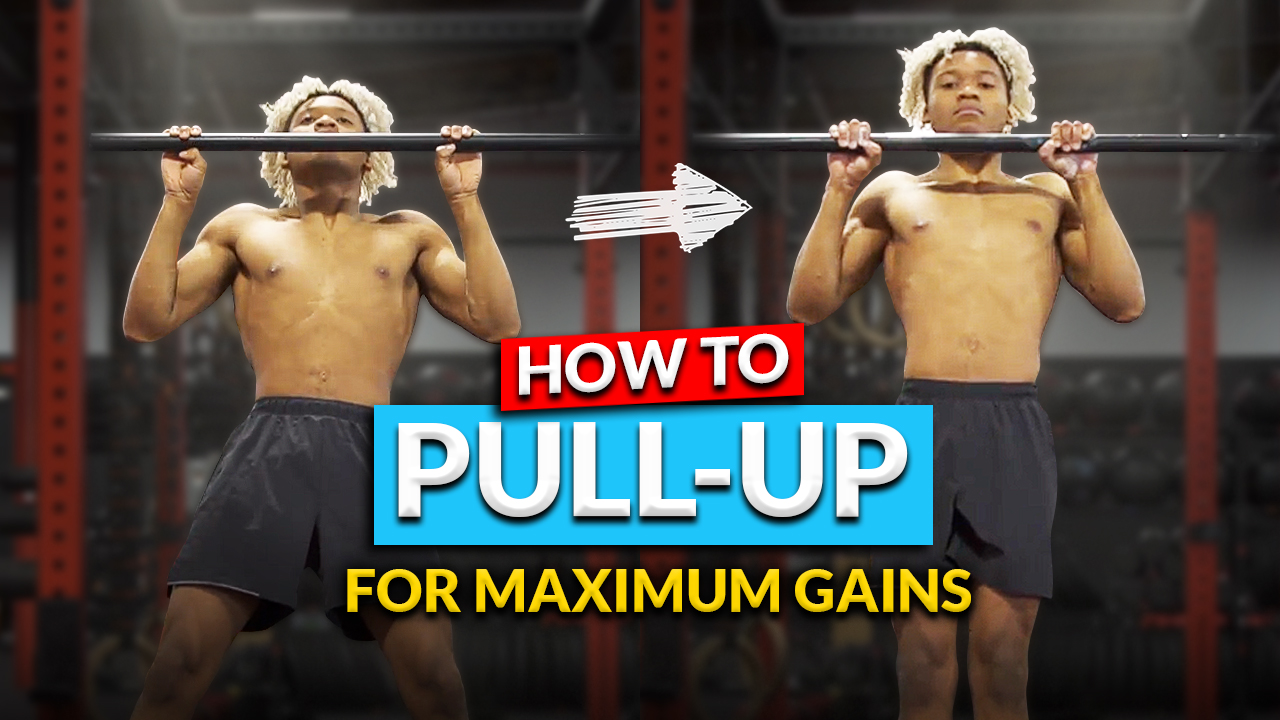
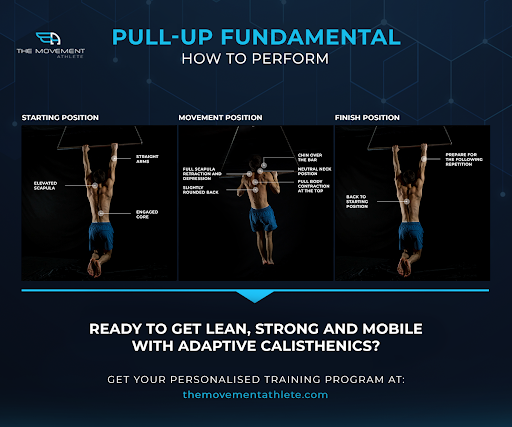
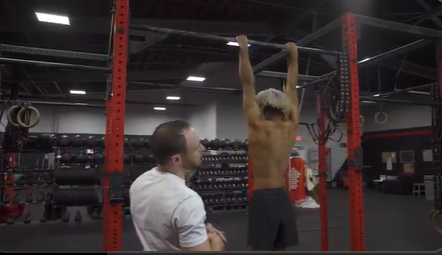
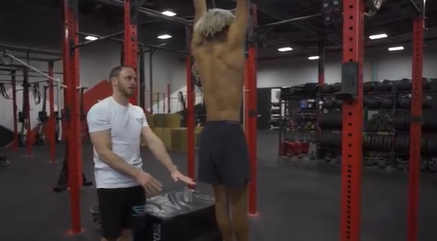
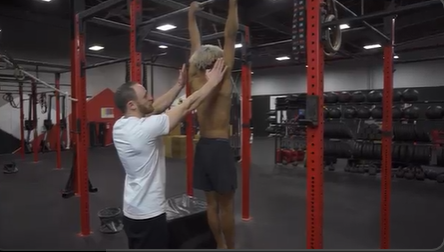
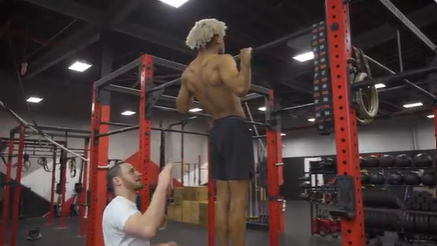
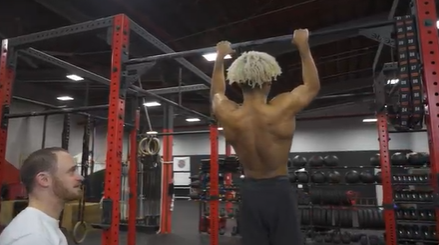
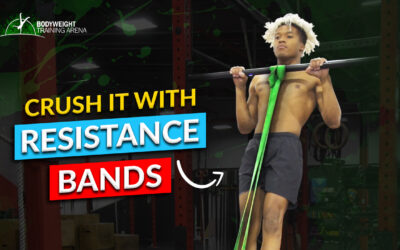

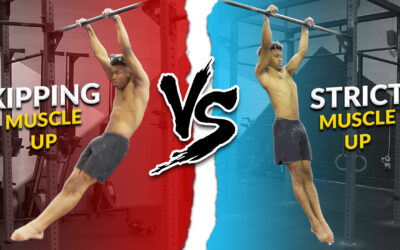
0 Comments